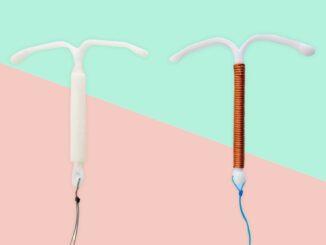
Last Updated on by lizzy
Tubal ligation, also known as tubal sterilization or “having one’s tubes tied,” is a surgical procedure that involves blocking or sealing the fallopian tubes to prevent pregnancy. It is a permanent form of contraception chosen by individuals who no longer desire to have children or who want to ensure they do not conceive in the future.

How Tubal Ligation Works
Works by blocking or sealing the fallopian tubes.This preventing the sperm from reaching the egg and the fertilized egg from traveling to the uterus. This procedure effectively interrupts the natural process of conception, providing a reliable form of contraception.
Tubal Ligation Methods
Laparoscopic Tubal Ligation
It is the most common method of tubal ligation. It is a minimally invasive procedure performed under general anesthesia.
Postpartum Tubal Ligation
Performed immediately after childbirth, usually in combination with a cesarean section.
Considerations and Alternatives
While it is a highly effective and permanent method of birth control, it may not be suitable for everyone. Here are some considerations and alternative options to keep in mind:
Permanence
It should only be chosen by individuals who are certain they do not want any or any more children in the future.
Reversibility
It is considered irreversible, and while reversal procedures are available, they are not always successful ..
Partner Considerations
Discussing alternative contraceptive options and considering the potential impact on the relationship dynamics is important.
Personal Health Considerations
Discuss personal health considerations with a healthcare provider to ensure that this method is a safe and appropriate choice.
Benefits and Effectiveness of Tubal Ligation
- Most effective forms of birth control available, with a success rate of over 99% in preventing pregnancy.
- Does not introduce any hormones into the body.
- Permanent solution to contraception, eliminating the need for ongoing birth control methods.
- Non-Interference with Sexual Intimacy:
- Cost-Effective
Tubal Ligation Disadvantages
- Considered a permanent procedure, and while its reversal is possible, it is not always successful.
- It is a surgical procedure that carries risks associated with anesthesia, infection, bleeding, and injury to surrounding organs.
- Does not offer any protection against STIs. It is solely a method of contraception and does not prevent the transmission of STIs.
- Some individuals may experience changes in their menstrual cycle or hormonal balance after the procedure.
- It is a permanent decision that may have emotional implications.
- The availability and accessibility of may vary depending on geographic location and healthcare systems.






Leave a Reply